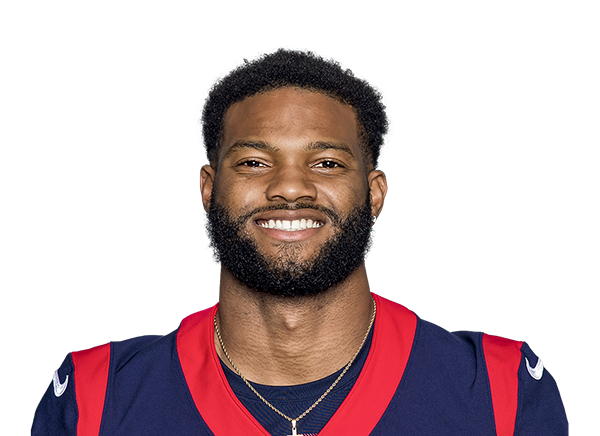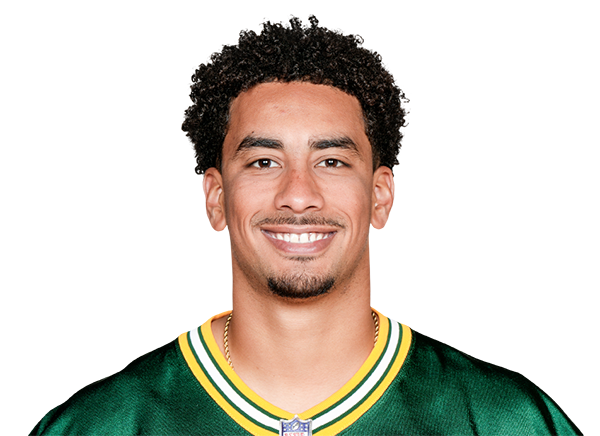Building through the Draft: A Case Study, Part Three
As I mentioned in Building through the Draft: A Case Study, Part One and Building through the Draft: A Case Study, Part Two of this series, I have gone back and forth on the best use for draft picks. Is it better to make the picks and hope they turn out or is it better to trade them away for players who have shown something already in the NFL? While I’m not sure I can fully answer that, I decided to do a little investigation into exactly how often a draft pick turns into a fantasy starter to help myself and all of you be as informed as possible.
I went back through the 2013-2017 draft classes and broke all of the players down into one of the following categories:
Stud: The name says it all. These players are the cream of the crop and what we hope every draft pick will become when we make those picks. These players are top 10 if not top 5 at their position multiple years in a row. (This is considered a “hit” for a draft pick.)
Starter: While these players might not be the best of the best, they are still likely to be an every week starter on most fantasy teams. For this examination, they needed to be at this level for multiple years. (This is also considered a “hit” for a draft pick.)
Backup: These players are definitely on rosters, but they are nothing more than a spot starter, flex play, or an injury fill in. In a few cases they are players who have had one good year, but they haven’t been consistent enough to be counted upon.
Bust: Many of these players are out of the league. If they are still in the league, they have shown so little that they are often on the waiver wire or barely hanging on to the end of the bench spots in leagues.
The results of the general examination in part 1 showed that only about a fourth of all first and second round draft picks are actually “hits.” This is much lower than I expected. In part 2, I broke it down a little bit more into individual parts of each round. You will need to check the write-up for the full details, but the first round had a 55 percent hit rate for the first four picks, 30 percent for the middle four, and 25 percent for the last four. The second round featured a 25 percent hit rate for the first four picks and only 15 percent for the rest of the round. After the second round, we are talking about at best a 10 percent hit rate, but likely quite a bit less than that.
In part three here, I’m going to break this data down a little bit more to see what I can uncover in terms of player position. Maybe there will be some trends and patterns we can use to our advantage when it comes to drafting? With that said, lets start breaking things down in terms of position and see what we can find. Positions are discussed in order of their draft frequency from least to greatest.
Quarterbacks
[am4show have=’g1;’ guest_error=’sub_message’ user_error=’sub_message’ ]
There were a total of eight quarterbacks drafted in the first two rounds over this time period. The only one drafted earlier than the 2.04 draft pick was EJ Manuel with an ADP of 1.12 in the 2013 draft. The rest of them were all middle or late in the second round selections. The majority of them have busted, but that is to be expected given the overall hit rate for the second round. Even if more have missed than hit, the position has also produced several high level players late in the second round. Of the eight drafted, three of them received a “hit” designation giving the position a 37.5 percent hit rate. Not only is this way above the overall hit rate for the middle to late second around of only 15 percent, but there were also several quarterbacks drafted in the later rounds who have turned into draft day hits. This includes players like Patrick Mahomes and Mitchell Trubisky who both seem to be well on their way to productive NFL and fantasy careers.
Tight Ends
The tight end position makes up 10 of the 120 players drafted in this sample. Of those ten players, they have been split half and half between the first and second rounds. It is a little difficult to fully rate their effectiveness due to both injury and the number of tight ends drafted in the 2017 draft class. However, the position does boast a 40 percent hit rate as things currently stand with a chance to increase even more if Hunter Henry can get healthy, Eric Ebron continues to perform, or David Njoku turns into a true weapon in the ascending Browns offense. If even one of those three can turn into an every week starter for fantasy teams we actually have a position which reaches the 50/50 mark in terms of a success rate. The interesting part of the tight end position is that outside of the top two tiers at the position, there seems to be very little success. Even with that, the higher than normal hit rate on those top two tiers makes it another solid choice in the middle to late second round, but you might be best off ignoring it after that.
Running Backs
Out of the 120 players drafted over the five year period, 49 of them were from the running back position. Of those 49, only 14 of them were classified as hits – that is about 28.6 percent, which is pretty much in line with the overall hit rate for the first two rounds. However, if you look a little bit closer at the running back position, where you draft them seems to matter even more significantly than the generic data from part two would suggest. Eight of the 14 hits came from the first six picks of their respective rookie draft and only one of the 14 came after the 2.02 pick. This means that a lot of the “sleeper” running backs people always seem to have in the middle or later part of the second round just don’t seem to work out. That isn’t to say they are all wasted picks, but they seem very unlikely to turn into every week starters. You’re most likely case if they don’t bust is you get someone who will need an injury before they are startable or else a part time player who could be a flex play during a tough bye week. The bottom line for the running back position is to grab those elite options early in round one if you can. The secondary options through the very early parts of the second round also have some upside, but most of the players around after those first 14 picks are very unlikely to be valuable for your team.
Wide Receivers
The most often drafted group of the five year sample, wide receivers accounted for 53 of the drafted players. They also are the proud owners of the lowest hit rate by position. Only 11 out of the 53 players were classified as hits, which is a positional low of 20.8 percent. Where those hits come from for the most part mirrors the running back position. Eight of the 11 hits all come from the first seven picks of their draft class. The other three hits all come either at or before the 2.02 selection in a 12 team draft. Every receiver who was drafted after pick 14 in this sample turned into either a bust or at best a backup level player who you probably don’t want to be counting on as a weekly starter if you are going to be a playoff team. Much like the running back position, the bottom line for the receiver group is to focus in on those players in the top half of the first round. Those found over the tail end of the first or first two picks of the second also have some potential but after that you are better off looking at other positions.
Overall Conclusion
The best case given this five year sample comes in at just about a 50/50 chance of success on your draft picks. This comes from the first few picks of the first round. It is hardly a can’t miss proposition, but in most years it means we are focusing in on the top two tiers of players. Once we get outside of those players, our chances of success seem to drop off drastically. By the time we get to the 14th pick in the draft, our chances of success with a running back or wide receiver are almost non-existent. If we are looking purely at the data, assuming you are going to use your picks, this seems to be the best approach.
Early first round: Expect about a 50 percent hit rate on those top two tiers of running backs and receivers.
Middle first through pick 14: Around one out of every three players will be a success with elite tight ends have a little bit better rate of return than the other positions in this window.
Middle and late second round: This is where you should really focus in on quarterbacks and tight ends. If you are in an IDP league, this should be the time to make the switch there as well. The success rate for running backs and receivers is almost non-existent at this point.
Third round and later: Good luck! Not a whole lot comes out of here, especially outside of the quarterback position. Focus on defense in IDP leagues or quarterbacks.
The overall rate of success does beg the question of if building through the draft is actually a viable option. Unless you have an early first round pick, or can package your existing picks to move up into that range, the data seems to suggest trading those picks might be the more prudent option. If you can get an every week starter for a second round or even a late first round, you might be better off taking that deal. I know it isn’t as sexy or fun as making those picks and hoping those players turn out, but it seems potential is a very dangerous word in dynasty leagues.
Good luck!
[/am4show]
- Final 2021 Pre-Draft Rookie Mock: Round Three - April 28, 2021
- Final 2021 Pre-Draft Rookie Mock: Round Two - April 26, 2021
- Final 2021 Pre-Draft Rookie Mock: Round One - April 25, 2021
























































